Home>Furniture & Design>Living Room Furniture>How Tall Should A Console Table Be


Living Room Furniture
How Tall Should A Console Table Be
Modified: January 19, 2024
Discover the ideal height for a console table in your living room. Find the perfect fit for your space with our expert tips and design inspiration. Elevate your living room furniture and design with the right console table height.
(Many of the links in this article redirect to a specific reviewed product. Your purchase of these products through affiliate links helps to generate commission for Storables.com, at no extra cost. Learn more)
Introduction
Read more: How Tall Should A Lamp Be On A Console Table
Introduction
So, you're in the market for a console table. Perhaps you're looking to add a touch of elegance to your entryway, or maybe you want to maximize the functionality of your living room. Regardless of the reason, choosing the right console table is crucial. One of the most important aspects to consider is the height of the console table. The height can significantly impact both the aesthetics and functionality of the table. In this article, we'll delve into the ideal height for a console table, taking into account various factors and offering practical tips to help you make the best choice for your space. Whether you're a design enthusiast or simply seeking to enhance the appeal of your home, understanding the nuances of console table height will empower you to make an informed decision that complements your décor and lifestyle. Let's explore the world of console tables and discover the perfect height to elevate your living space.
Key Takeaways:
- Choose a console table height based on room proportions, intended use, seating arrangement, personal preferences, and design style to create a harmonious and functional living space.
- Consider the visual balance, functionality, and design style when selecting the ideal console table height to enhance the aesthetics and usability of your home.
Standard Console Table Heights
Console tables come in a range of heights, each serving different purposes and complementing various styles of décor. The standard height for a console table typically falls between 28 to 30 inches. This height is well-suited for most traditional uses, such as placing the table against a wall in the entryway or behind a sofa in the living room.
However, it’s essential to note that there are variations in standard heights based on the specific use of the table and the design preferences of the homeowner. For instance, if you intend to use the console table as a workspace or a serving area for dining, a taller height of around 34 to 36 inches may be more suitable. These taller console tables provide a comfortable standing or working surface, making them ideal for multifunctional spaces.
On the other hand, if the console table is intended for display purposes or to hold decorative items, a shorter height of around 24 to 26 inches may be preferred. These lower tables are often used in areas where the primary focus is on showcasing decorative objects, such as floral arrangements, art pieces, or sculptures.
Ultimately, the standard height of a console table is influenced by its intended use and the overall design concept of the space. Understanding these standard heights can serve as a starting point for selecting the right console table height for your specific needs.
Factors to Consider When Choosing Console Table Height
When determining the ideal height for a console table, several factors should be taken into consideration to ensure that it harmonizes with the surrounding environment and fulfills its intended function.
Room Proportions: The dimensions of the room where the console table will be placed play a crucial role in determining the appropriate height. In a room with high ceilings, a taller console table can visually fill the space and create a balanced aesthetic. Conversely, in a room with lower ceilings, a shorter table can prevent the space from feeling cramped.
Intended Use: The intended function of the console table is a key consideration when deciding on the height. If the table will primarily serve as a decorative accent, a lower height may be preferable to ensure that it doesn’t obstruct the view or overwhelm the space. For functional purposes such as serving as a workspace or a serving area, a taller height may be more practical.
Seating Arrangement: When placing a console table behind a sofa or against a wall with seating, it’s important to ensure that the table’s height complements the seating arrangement. The table should align with the back of the sofa or the chairs to create a cohesive and visually appealing layout.
Personal Preferences: Individual preferences and ergonomic considerations also play a significant role in determining the ideal console table height. Some individuals may prefer a table height that aligns with their comfort level, especially if it will be used as a workspace or a serving area.
Design Style: The overall design style of the space, whether it’s contemporary, traditional, or eclectic, can influence the choice of console table height. A sleek, modern space may benefit from a taller, streamlined table, while a more traditional setting might call for a table with a standard height to maintain a classic look.
By taking these factors into account, you can make an informed decision when selecting the height of a console table, ensuring that it seamlessly integrates with the space and meets your specific requirements.
A console table should typically be around 30 inches tall, which is the standard height for most tables. This allows for easy access and functionality in various spaces.
Tips for Choosing the Right Console Table Height
Choosing the right height for a console table involves a thoughtful approach that takes into account both practical and aesthetic considerations. Here are some valuable tips to guide you in selecting the ideal console table height for your space:
- Measure the Space: Before making a purchase, measure the area where the console table will be placed. Consider the available height clearance, especially if the table will be positioned beneath a mirror or artwork.
- Consider Functionality: Determine the primary function of the console table. If it will serve as a decorative accent, a lower height may be suitable. For functional uses such as a workspace or a serving area, a taller table may be more practical.
- Harmonize with Seating: If the table will be positioned behind a sofa or against a wall with seating, ensure that its height complements the seating arrangement. The table should align with the back of the sofa or chairs to create a cohesive look.
- Reflect the Design Style: Choose a console table height that reflects the design style of the space. For a modern, minimalist setting, a taller, sleek table may be ideal, while a more traditional space may benefit from a table with a standard height.
- Visual Balance: Consider the visual balance of the room. In spaces with high ceilings, a taller console table can help fill the vertical space, while in rooms with lower ceilings, a shorter table can prevent the space from feeling crowded.
- Personal Comfort: If the table will be used as a workspace or for specific activities, ensure that the height aligns with ergonomic considerations and the comfort of the individuals using it.
By keeping these tips in mind, you can make a well-informed decision when selecting the height of a console table. This thoughtful approach will not only ensure that the table harmonizes with its surroundings but also enhances the functionality and visual appeal of the space.
Read more: How Tall Should A Coffee Table Be
Conclusion
Choosing the right height for a console table is a pivotal decision that can significantly impact the overall aesthetics and functionality of a space. By understanding the standard heights, considering various factors, and adhering to practical tips, you can navigate the selection process with confidence and precision.
Whether you seek to enhance the visual appeal of an entryway, optimize the layout of a living room, or create a multifunctional workspace, the height of the console table plays a crucial role in achieving these objectives. It serves as a foundational element that contributes to the overall harmony and usability of the space.
As you embark on the journey of choosing a console table, take into account the room proportions, intended use, seating arrangement, personal preferences, and design style. By doing so, you can tailor the height of the table to align seamlessly with your specific needs and the character of the space.
Ultimately, the ideal console table height is a harmonious marriage of practicality and aesthetics. It reflects your personal style, enhances the functionality of the space, and contributes to a cohesive and inviting environment. Embrace the process of selecting the perfect console table height as an opportunity to infuse your living space with elegance, versatility, and timeless appeal.
With a keen eye for detail and a clear understanding of the factors at play, you can confidently choose a console table height that elevates the ambiance and utility of your home, creating a space that is both visually captivating and purposefully designed.
Frequently Asked Questions about How Tall Should A Console Table Be
Was this page helpful?
At Storables.com, we guarantee accurate and reliable information. Our content, validated by Expert Board Contributors, is crafted following stringent Editorial Policies. We're committed to providing you with well-researched, expert-backed insights for all your informational needs.
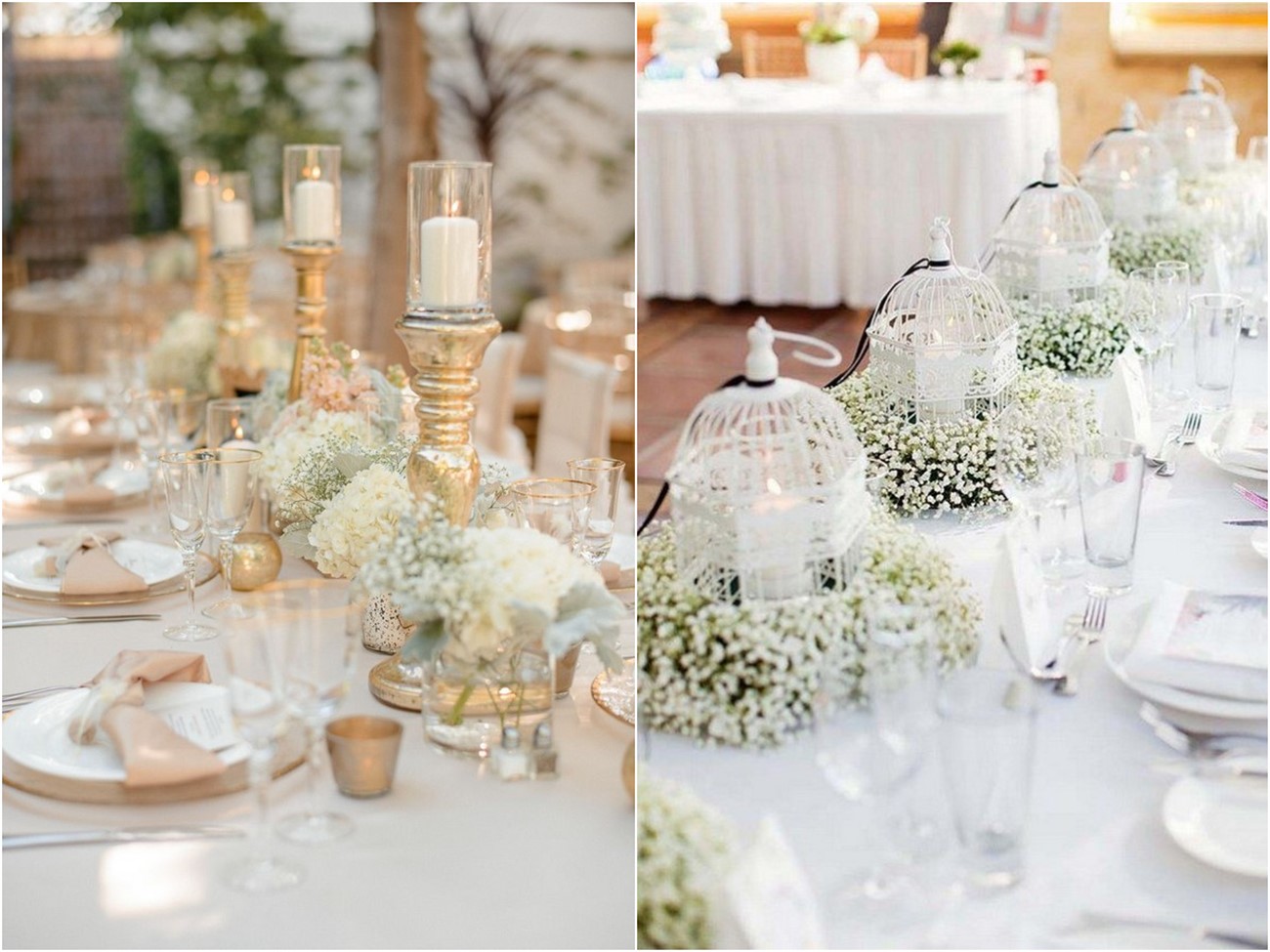
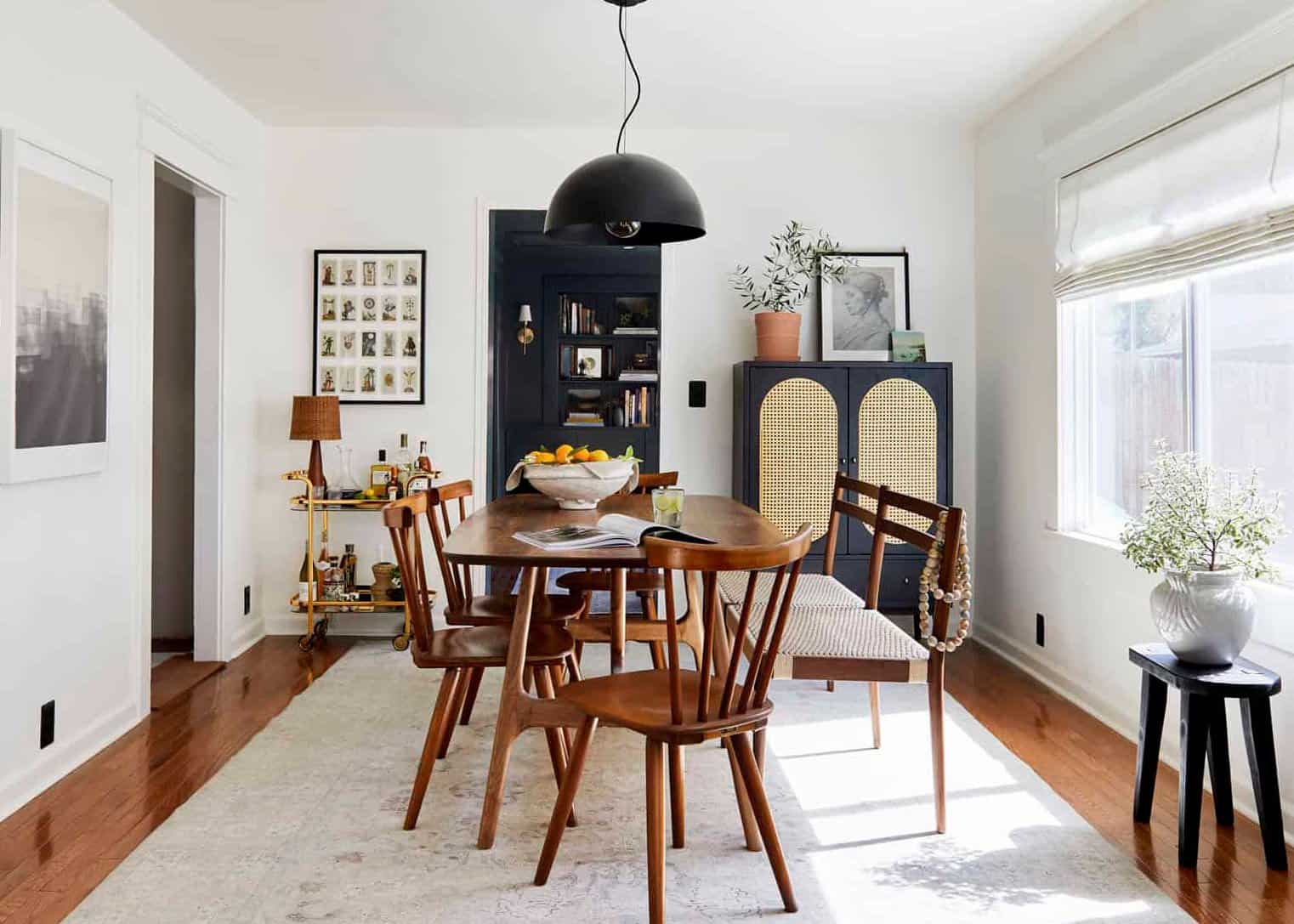
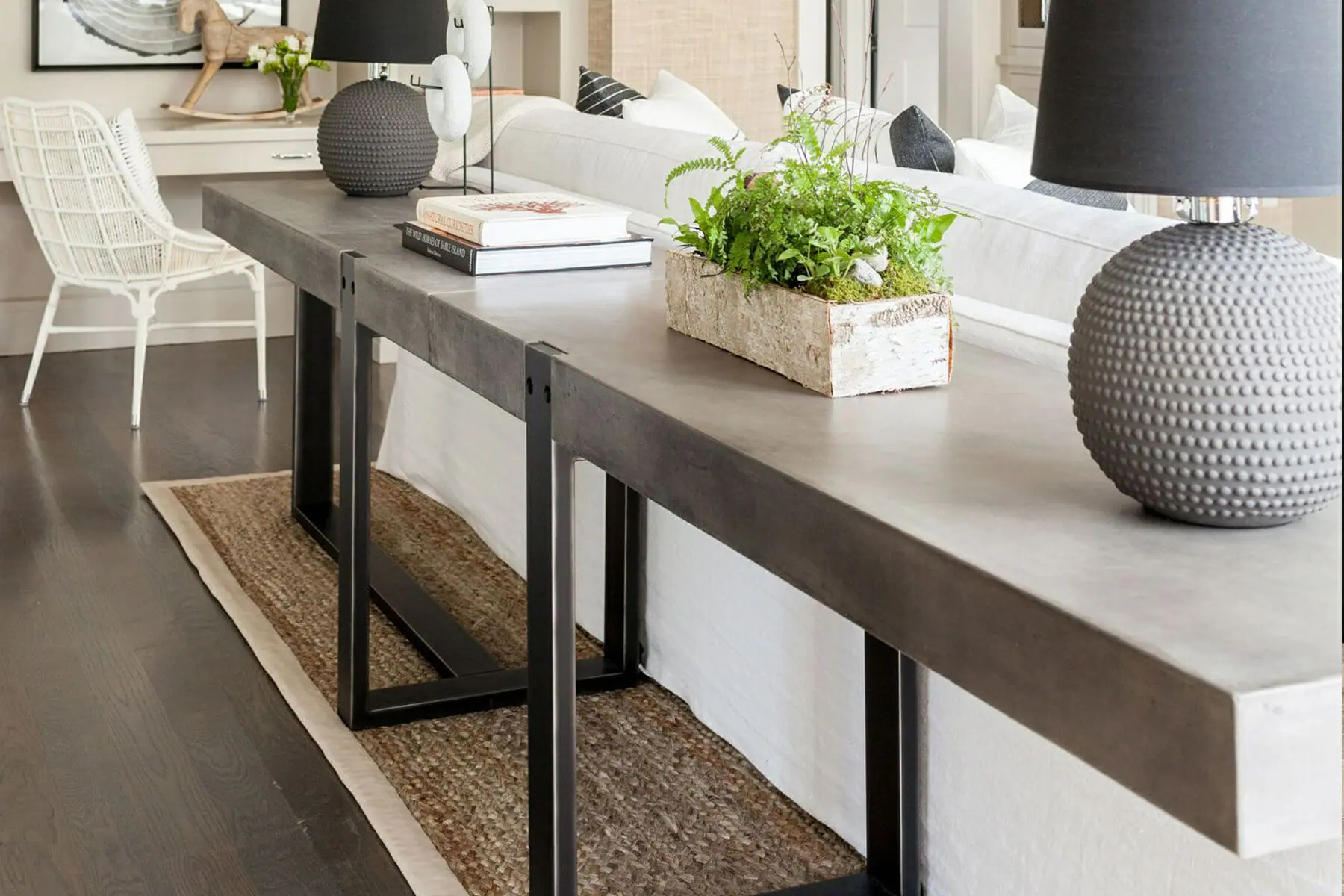
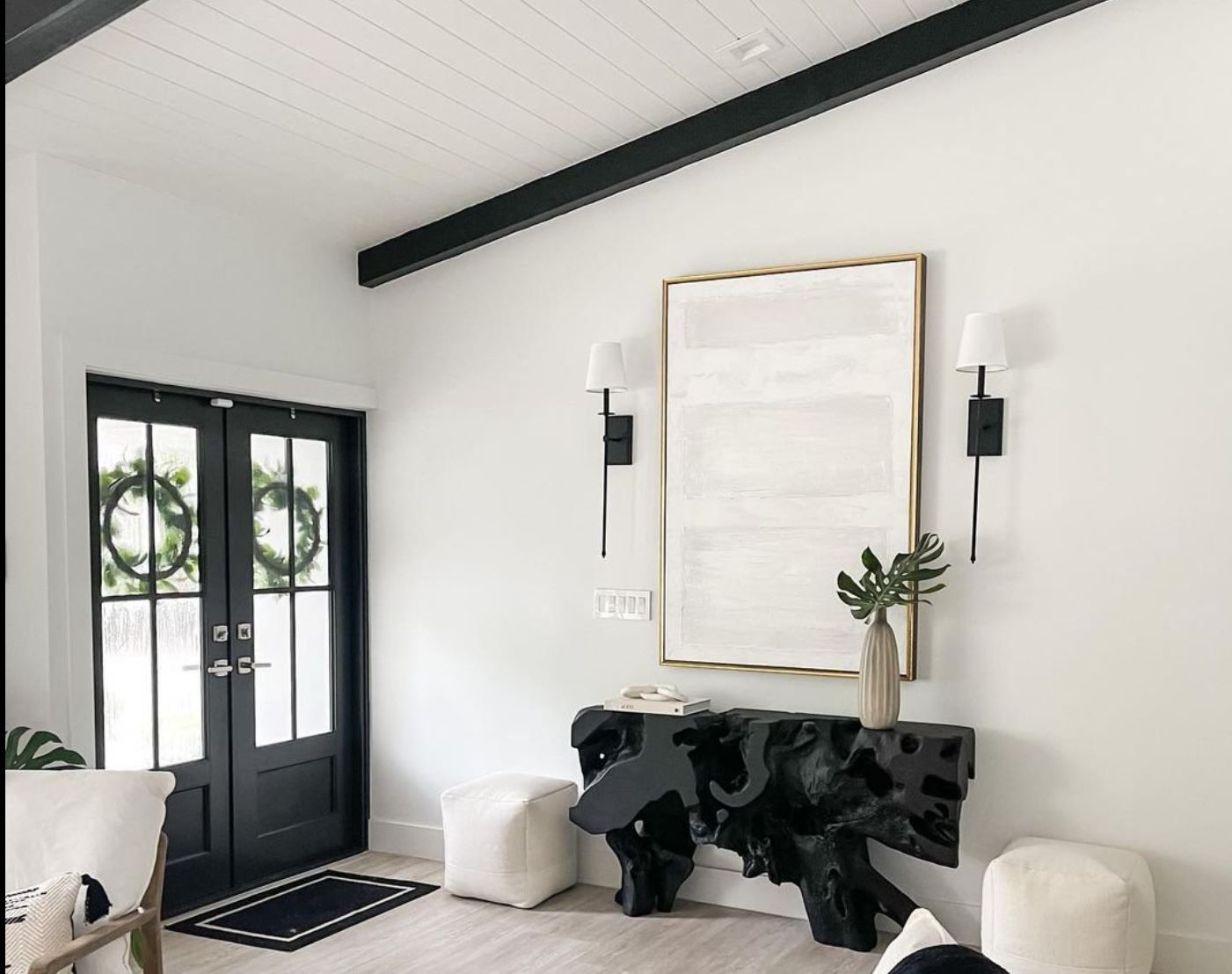
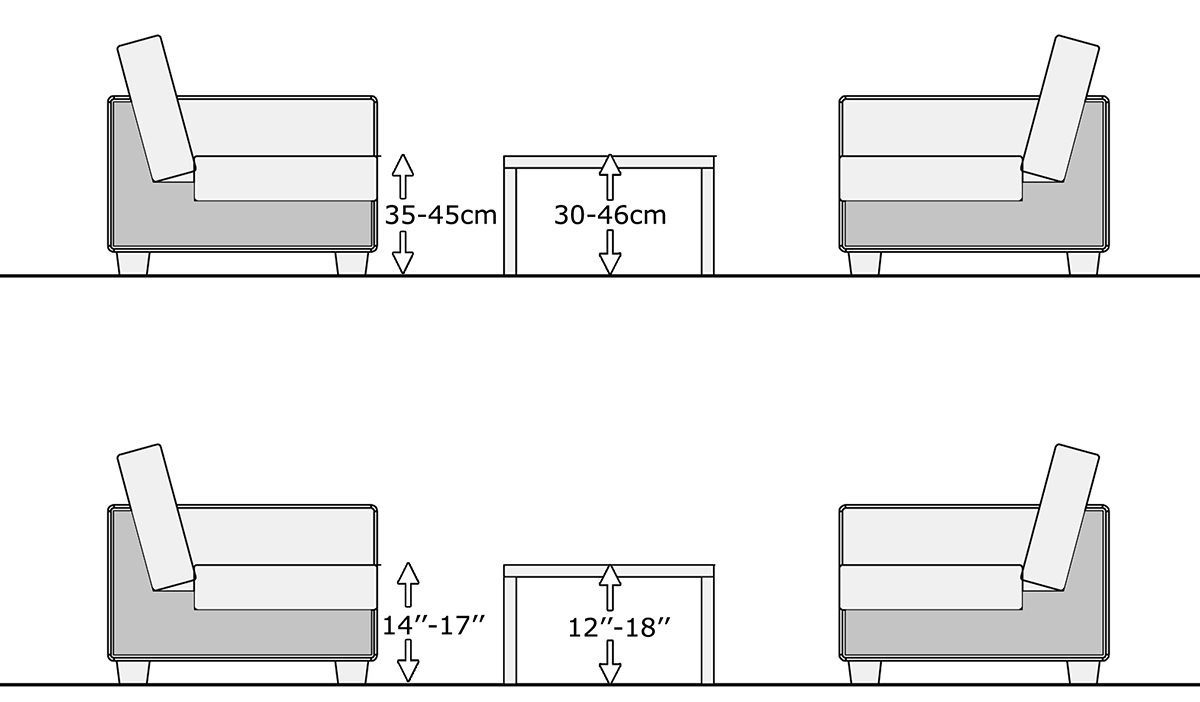
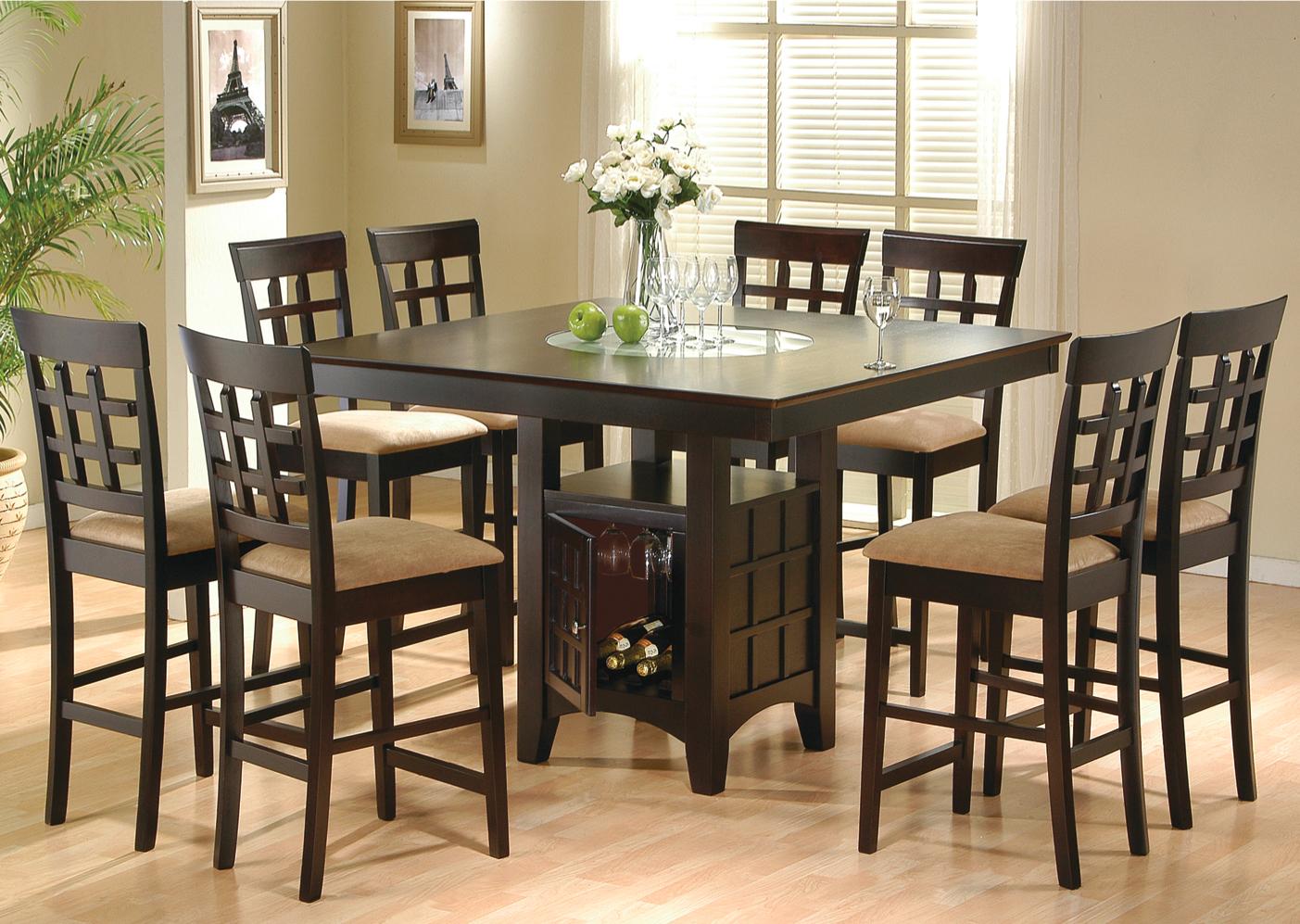
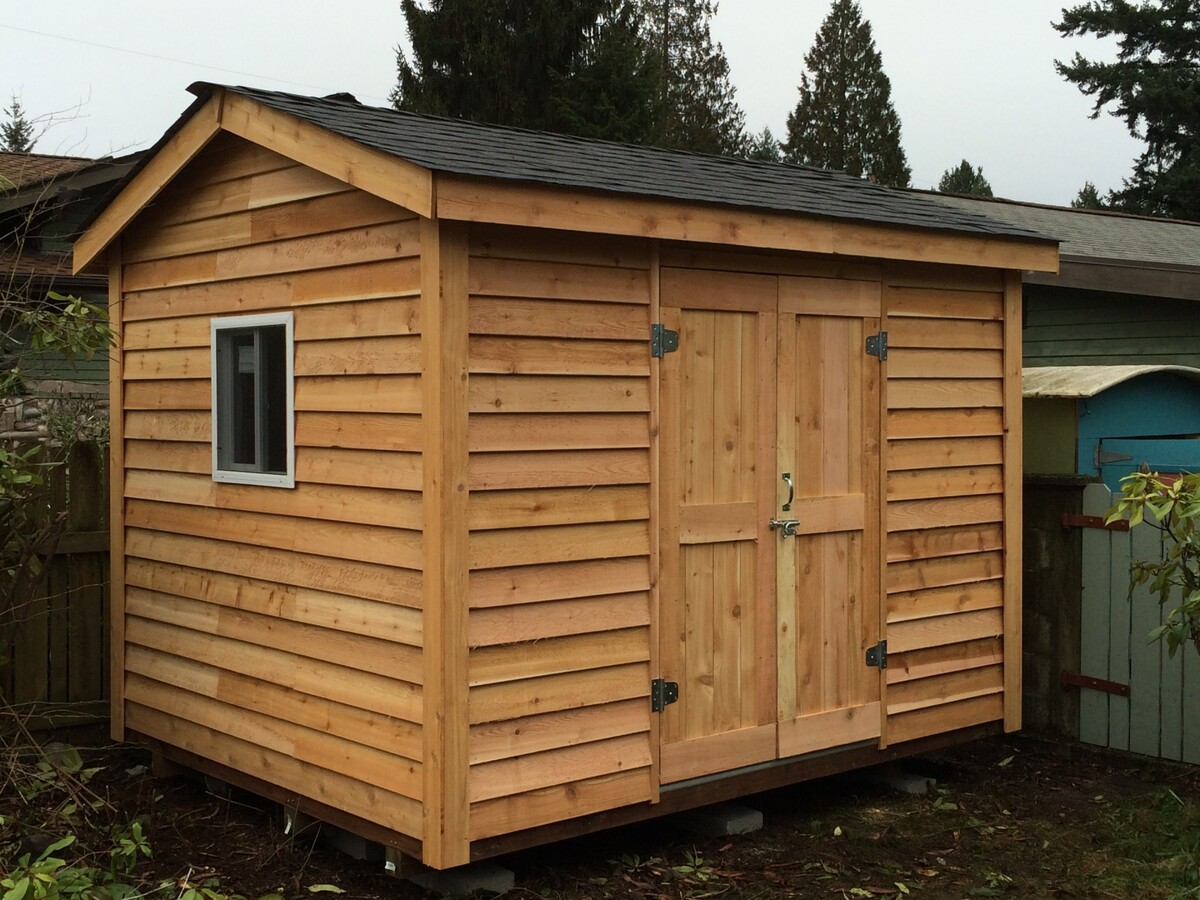

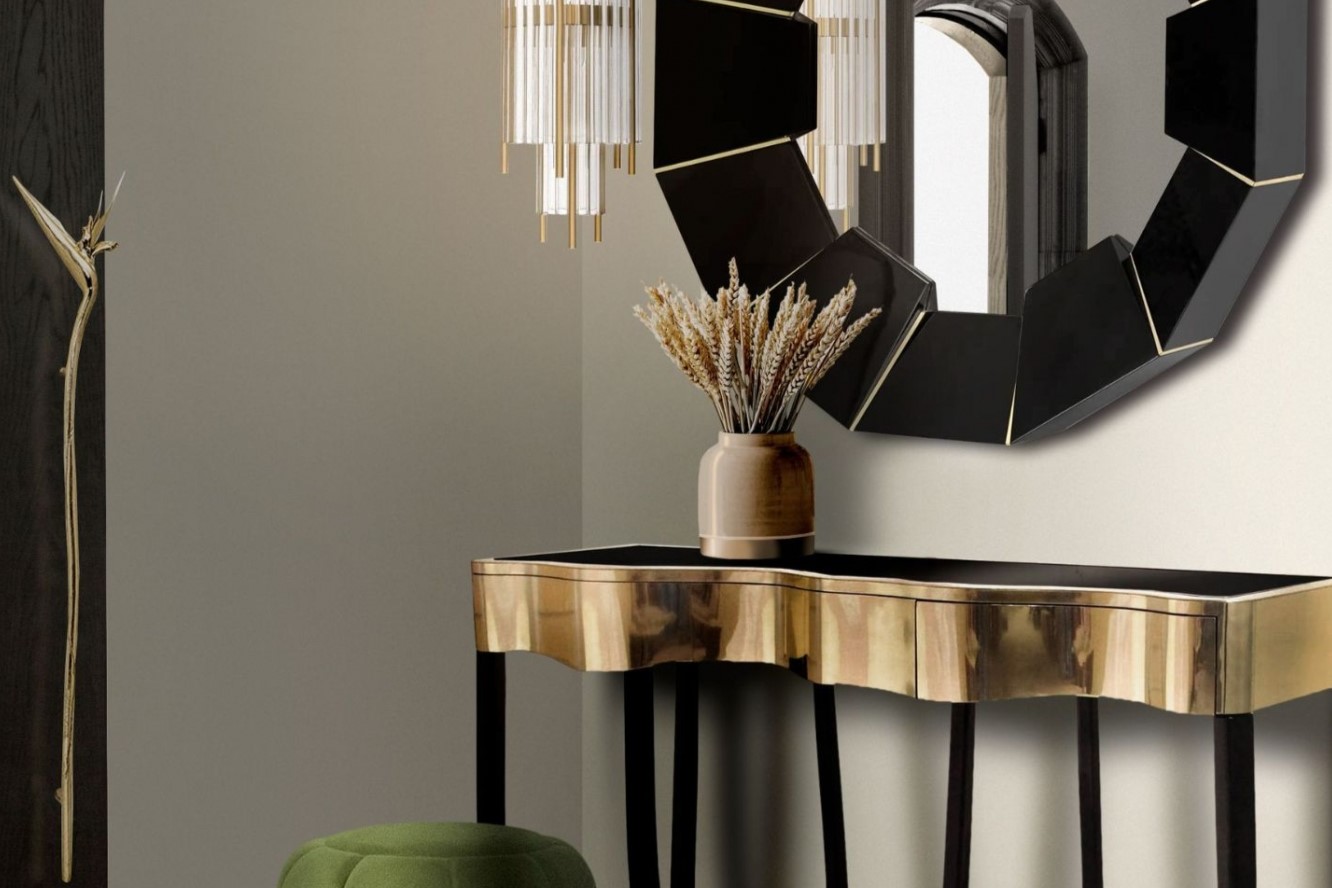
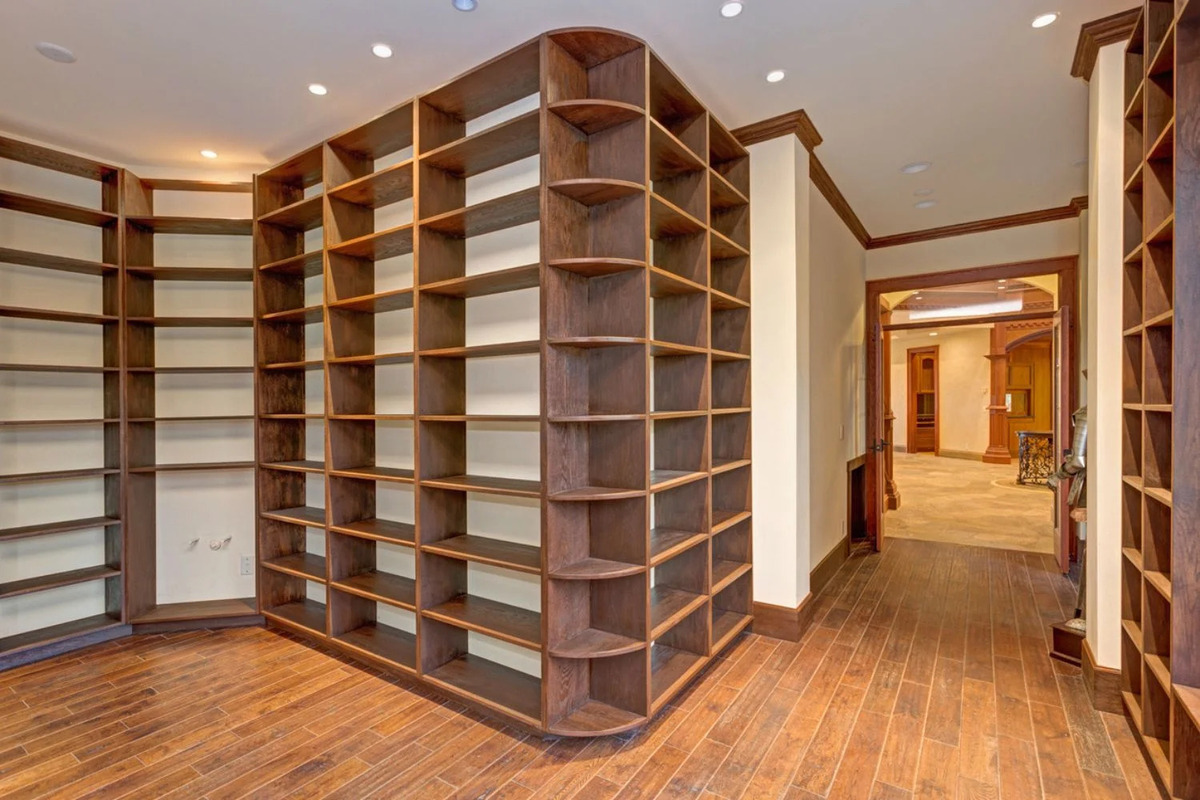
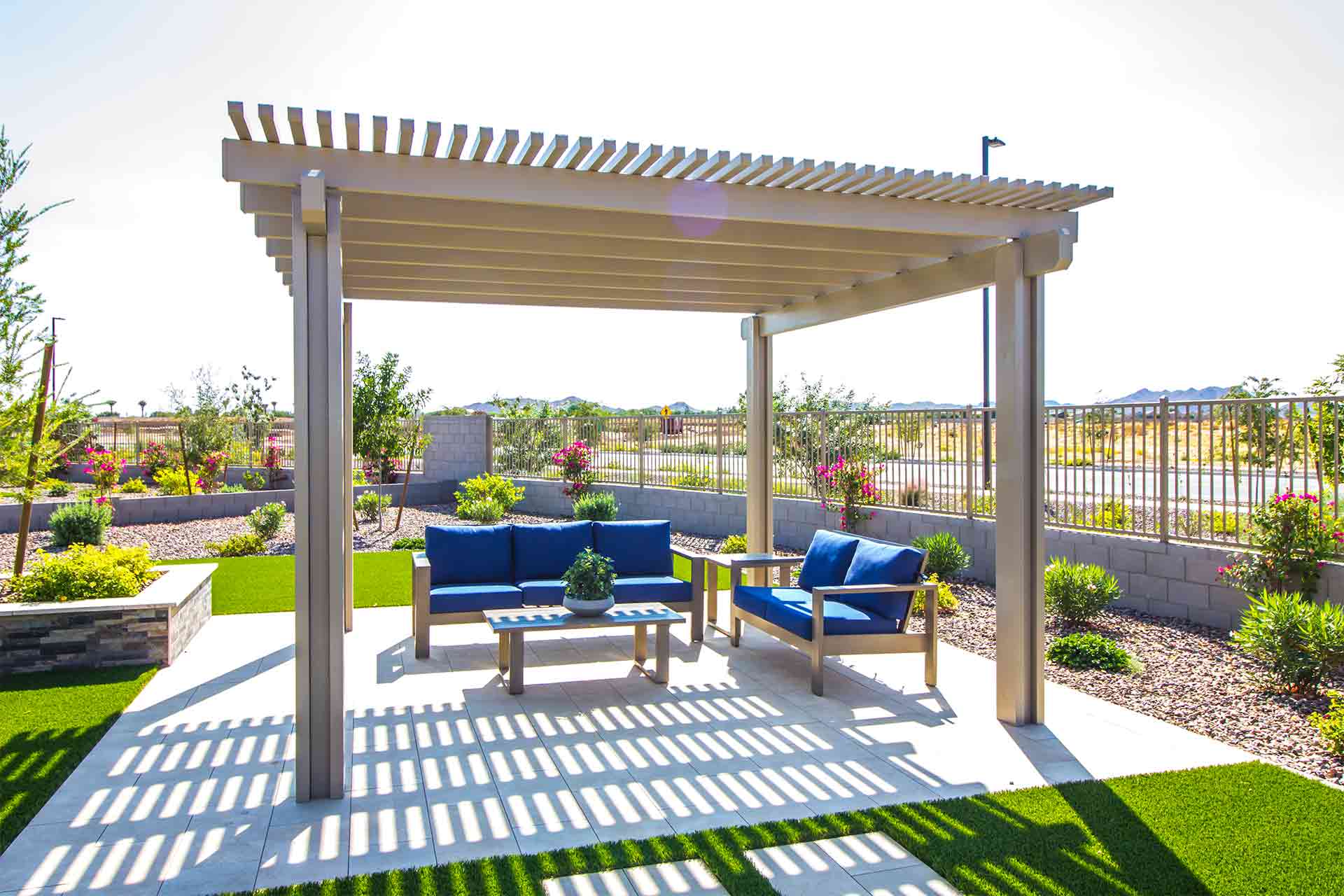

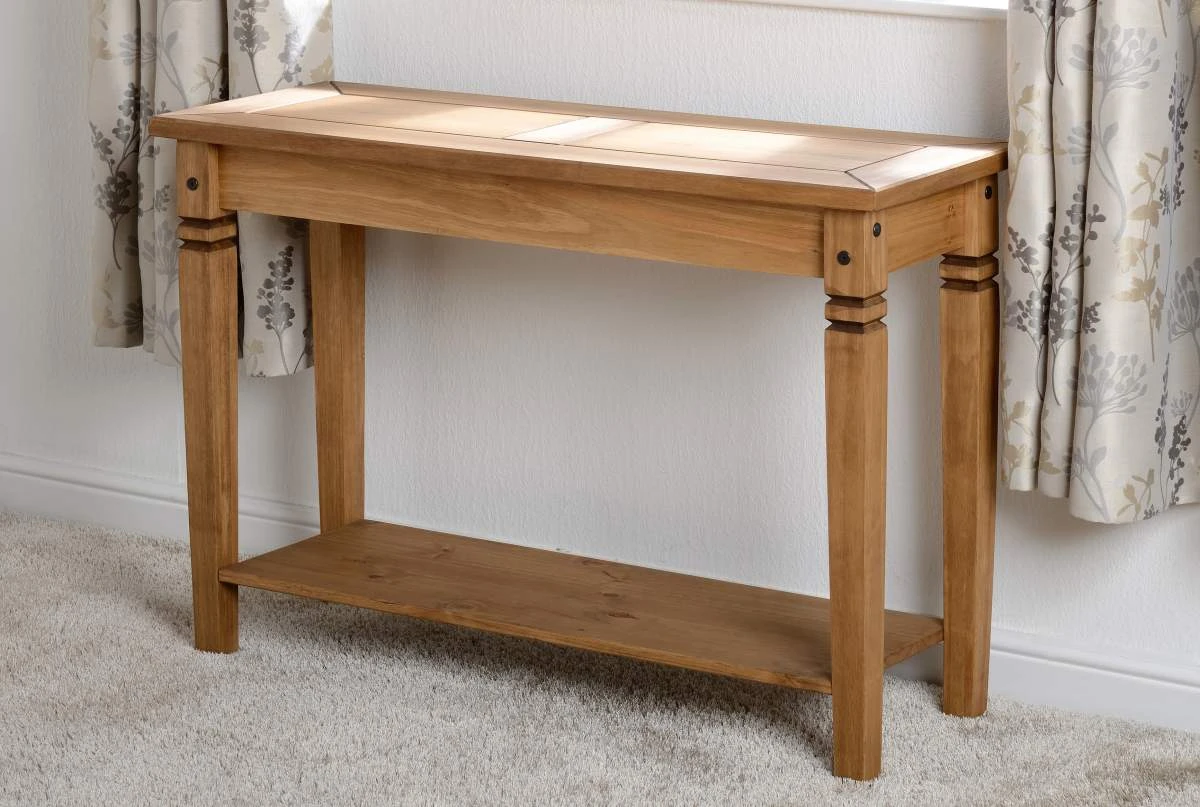


0 thoughts on “How Tall Should A Console Table Be”